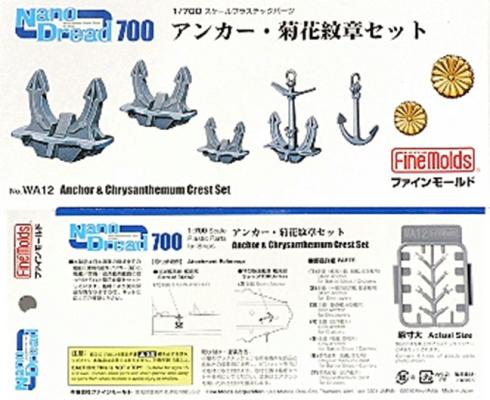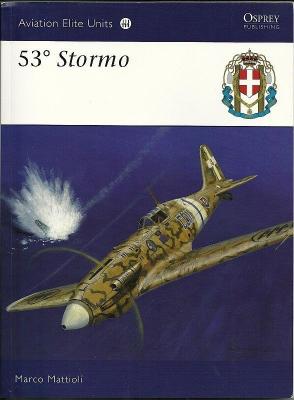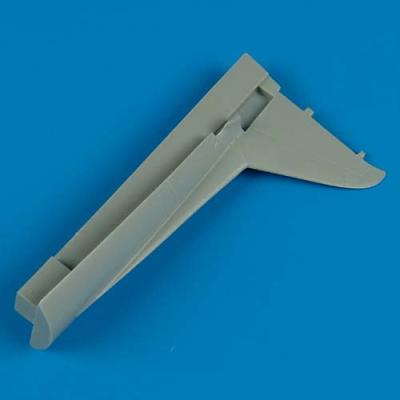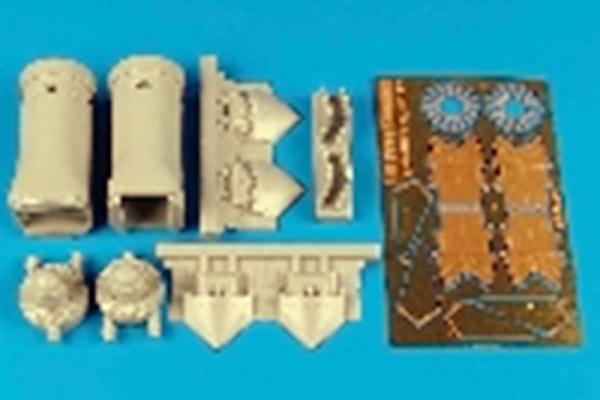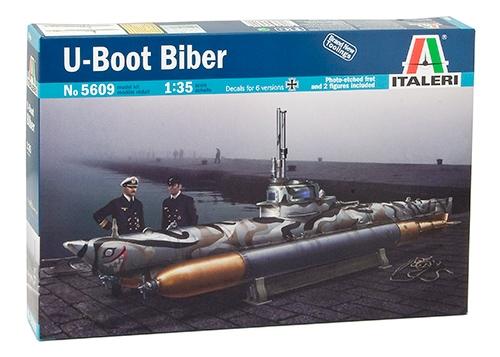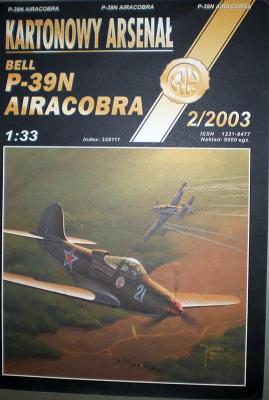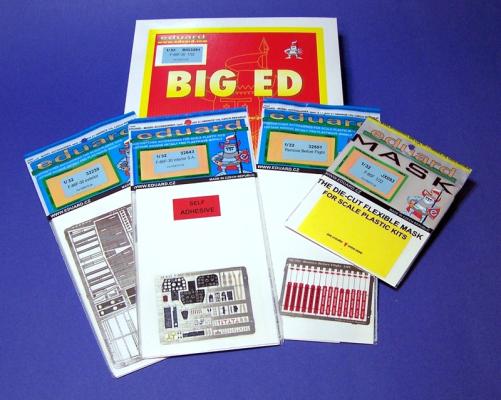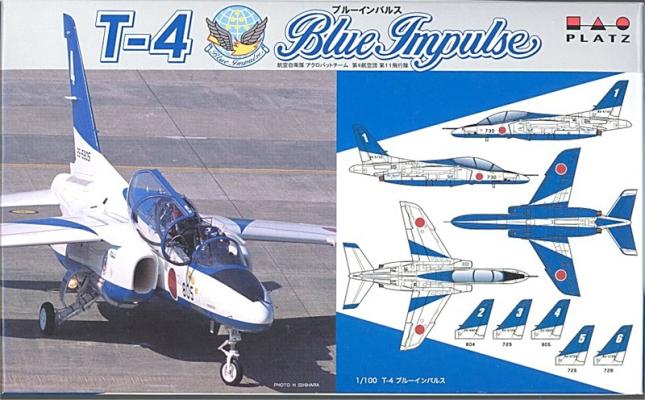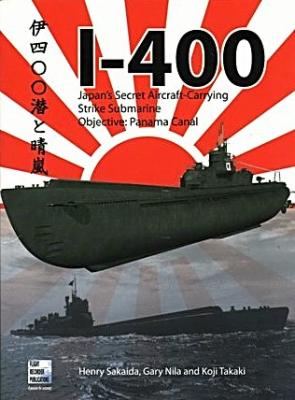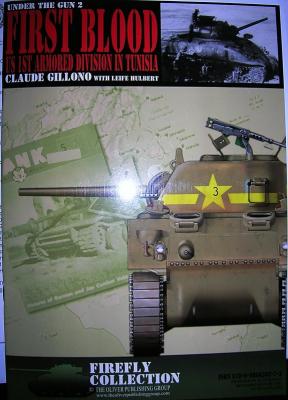Bottom Line: Excellent 3-D anchors and flattest chrysanthemum bow crests for wide range of Imperial Japanese Navy warships.
Fine Molds Nano Dread 700 Series has been producing a line of very finely detailed and realistically close-to-scale aftermarket equipment sets for 1/350 and 1/700 scale World War 2 Imperial Japanese Navy warships. These sets use advanced molding techniques to produce very small parts with exceptional detail. Historical accuracy and attention to detail makes Fine Molds Nano Dread sets ideal for upgrading WW2 ships. They have an advantage over photoetch metal sets by being three-dimensional, easier to handle, no folding or assembly required (mostly), rigid, stronger and just plain better-looking.

